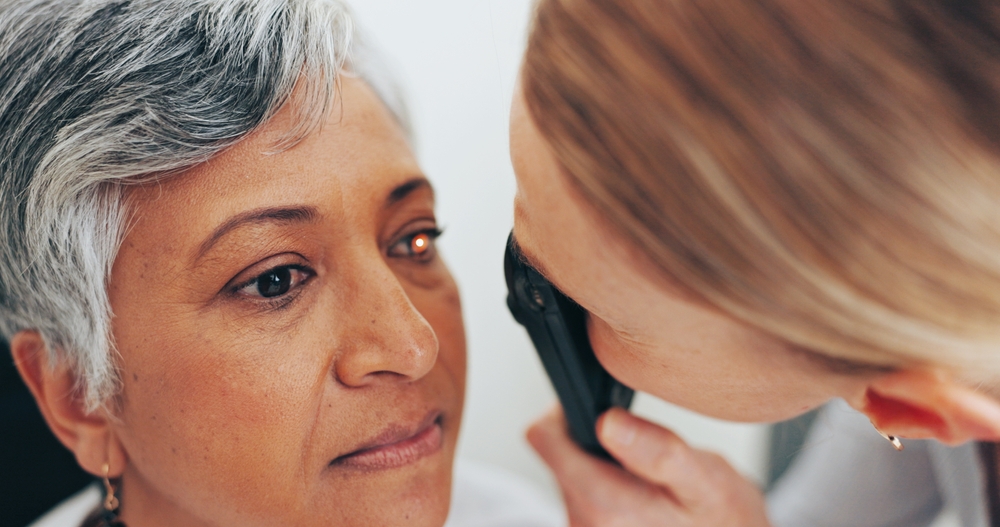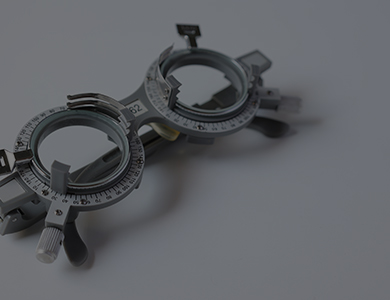At What Age Should I Start Testing for Glaucoma?
Blog:At What Age Should I Start Testing for Glaucoma?

At What Age Should I Start Testing for Glaucoma?
Glaucoma is often referred to as the “silent thief of sight” for a reason—it typically progresses without noticeable symptoms until permanent vision loss occurs. Because of this, early detection through routine eye exams is critical. But one of the most common questions patients ask is: When should I start testing for glaucoma?
Understanding Glaucoma
Glaucoma is a group of eye conditions that damage the optic nerve, usually due to increased intraocular pressure (IOP). There are different types of glaucoma, with open-angle glaucoma being the most common in the United States. Without treatment, glaucoma can lead to irreversible vision loss and even blindness.
When Should Glaucoma Testing Begin?
In general, glaucoma testing should begin by age 40 and continue annually—even if you’re not experiencing symptoms. This is the age when early signs of glaucoma may start to appear, especially for those with risk factors. Annual exams allow your eye doctor to monitor for subtle changes that could indicate the onset of the disease.
While testing is important for everyone, it’s especially critical if you have a family history of glaucoma or other risk factors. Early, consistent screenings can help catch the condition before vision loss occurs.
Risk Factors That May Require Earlier Testing
Some individuals may need to begin glaucoma testing earlier or have it more frequently. You may be at a higher risk if you:
Have a family history of glaucoma
Are African American, Hispanic/Latino, or Asian
Have diabetes or high blood pressure
Use corticosteroid medications
Have high intraocular pressure
Have experienced eye injury or surgery
If any of these risk factors apply to you, it’s important to speak with your eye doctor about a personalized glaucoma screening schedule.
What Does Glaucoma Testing Involve?
Glaucoma testing is quick, painless, and an essential part of preserving your vision. During your exam, your optometrist may use several methods to detect early signs of the disease. These include measuring your intraocular pressure (tonometry), examining the optic nerve for signs of damage, performing visual field testing to assess peripheral vision, and using imaging technology such as OCT (optical coherence tomography) to get detailed views of the eye’s internal structures. Together, these tests allow your eye doctor to monitor any changes over time and take action if needed to protect your sight.
Early Detection Matters
Because glaucoma damage is irreversible, early detection and consistent monitoring are your best defenses. If diagnosed early, glaucoma can be managed effectively with medications, laser treatment, or surgery to prevent vision loss.
Protect Your Vision at Texas State Optical
We use advanced diagnostic tools to detect glaucoma in its earliest stages. Whether you're due for your first screening or need ongoing care, we’re here to help protect your sight for the long term.
Schedule your eye exam with Texas State Optical, and take the first step in preventing glaucoma-related vision loss. Visit our office in Austin, Texas, or call (512) 233-6974 to book an appointment today.


